
Art nouveau doors in Poznań/Poland Beautiful doors, Art nouveau architecture, Beautiful entryways
Interiors 1ST AND 2ND FLOOR. Interior arrangement af a medium-wealthy middle-class house from the turn of the 20 century introduces on to the atmosphere of Art. Nouveau. The exhibits are furniture, placed according to rules predominant in the period as well as artistic craft: glassware, metal, ceramics. The specific atmosphere of the rooms is emphasized […]

Franciszek Mączyński, Tadeusz Stryjeński Teatr Stary w Krakowie (elewacja) Art nouveau
Industrial past and present of Bytom. While the city might be the art nouveau (hidden) gem of Poland the rest of Bytom architecture is really interesting too! As every other city in the Silesian Metropolis it has a strong industrial influences that can be seen all over the place. Sadly these days most of the former mines don't operate anymore.
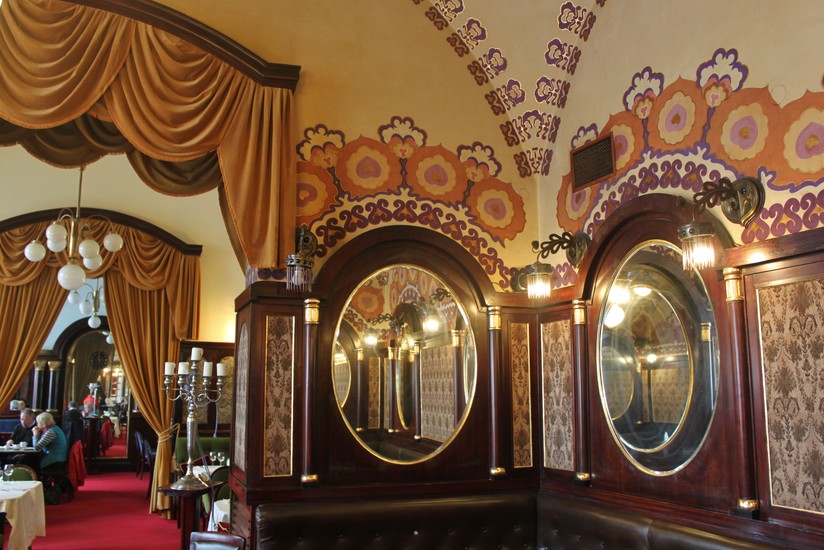
'Młoda Polska' Poland's Art Nouveau Movement
Summary of Art Nouveau. Generating enthusiasts in the decorative and graphic arts and architecture throughout Europe and beyond, Art Nouveau appeared in a wide variety of strands, and, consequently, it is known by various names, such as the Glasgow Style, or, in the German-speaking world, Jugendstil. Art Nouveau was aimed at modernizing design.

Art nouveau Świdnica /Poland Art nouveau, Poland travel, Krakow
Art Nouveau architecture in Poland is relatively modest in comparison with the countries in which it originated, i.e. Belgium, France or Austria. It was influenced by geopolitical conditions of the turn of the centuries. It was the case with broadly understood art of this period in entire Europe. The 19th century witnessed numerous military.

Art Nouveau in Poznań/Poland Art nouveau architecture, Art nouveau design, Art nouveau
Though perhaps most associated today with rather far afield Paris, Art Nouveau owed a lot to the vision of Alfons Mucha whose influence was strong in nearby Prague; meanwhile, in the spring of 1897, Gustav Klimt was co-founding the famous Secession Group in Vienna - a city which Kraków had close political and cultural ties to.
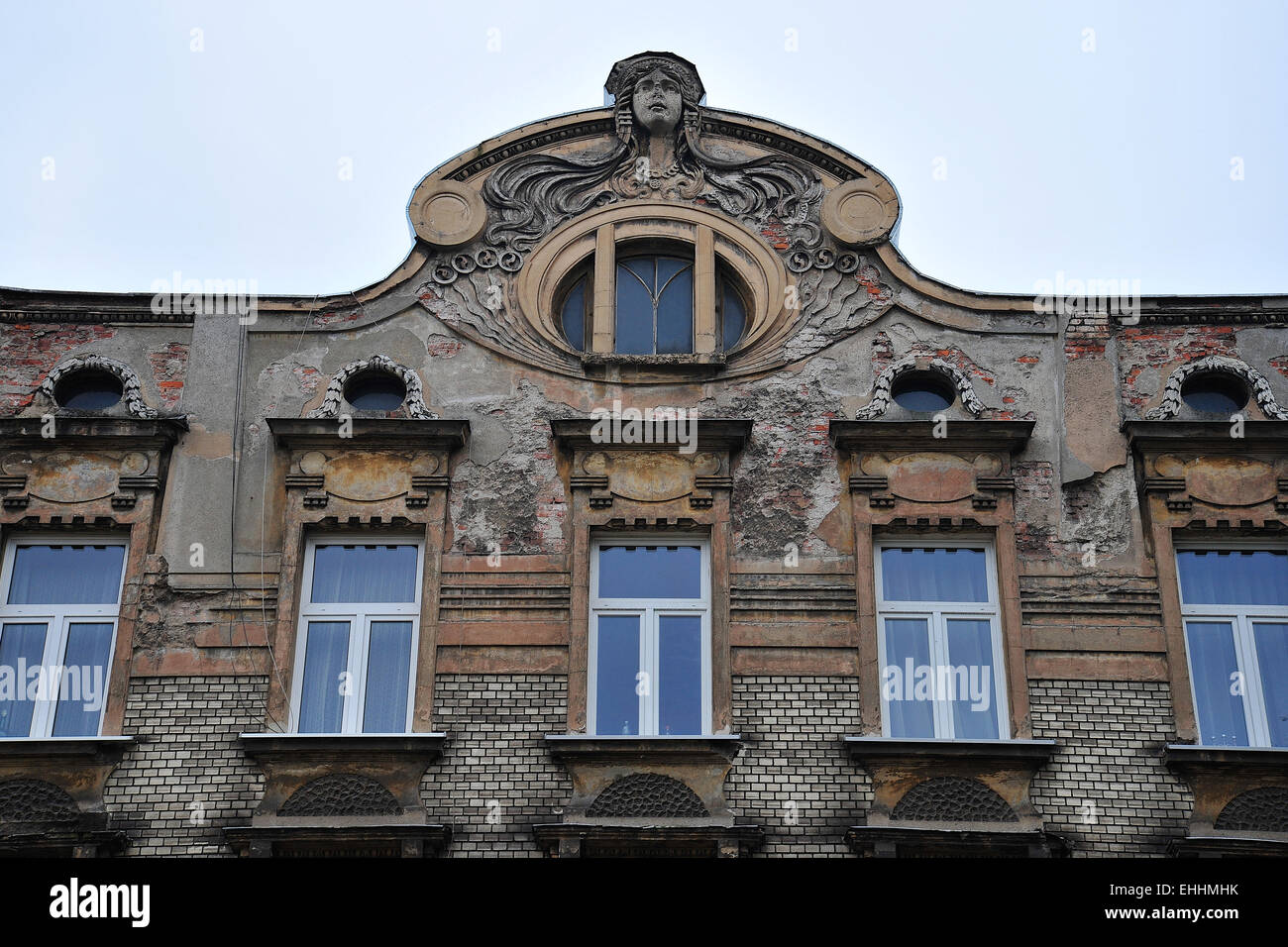
Art nouveau facade in Krakow Poland Stock Photo Alamy
Art Nouveau in Krakow Nick Hodge 2 min read 3 comments Updated 21st Jun 2018 In the Spring of 1897, Gustav Klimt co-founded the legendary Secession Group: 'To every age its art' they proclaimed, 'and to art its freedom'. Vienna was rewriting the rulebook in many spheres - it was the age of Freud, Mahler, and Schoenberg.

Polish Art Nouveau Mloda Polska w Krakowie Art nouveau, Nouveau, Vienna secession
Art Nouveau Modernist This meta category should only contain other categories. Files should either be in the relevant subcategory or in the parent category. Subcategories This category has the following 23 subcategories, out of 23 total. B Art Nouveau architecture in Bielsko-Biała (20 C, 24 F) Art Nouveau architecture in Brzesko (1 F)

Art Nouveau in Poznań/Poland Art Nouveau Architecture, Organic Architecture, Classic
Art Nouveau dominated much of the Western art and design worlds from the 1880s up to the start of World War I. The style was inspired by nature, spurred on by the Arts and Crafts movement, and served as a fundamental reaction against Industrialization. Wikimedia Commons. Katsushika Hokusai, The Great Wave off Kanagawa, 1830-32.

Art Nouveau Architecture of the City Lodz,Poland Stock Photo Image of gallery, balcony 41782110
Art Nouveau was an art and design movement that grew out of the Arts and Crafts movement of the late 19th Century. Art Nouveau highlighted curvaceous lines, often inspired by plants and.
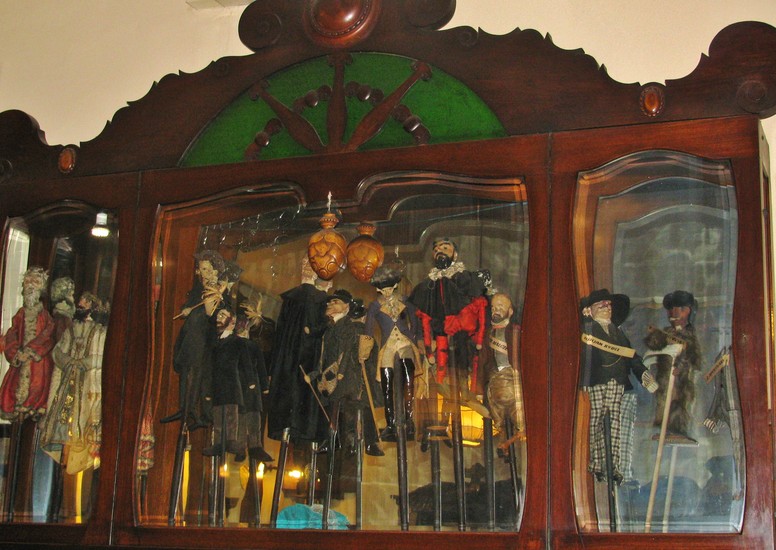
'Młoda Polska' Poland's Art Nouveau Movement
Art Nouveau in Poland ( Polish: Secesja) was part of an international Art Nouveau style, although often absorbed into a local Polish architectural and artistic trends. It was most popular in the years 1890-1910. Artists adopted many of the floral and organic motifs of Art Nouveau into the Young Poland style. [1]
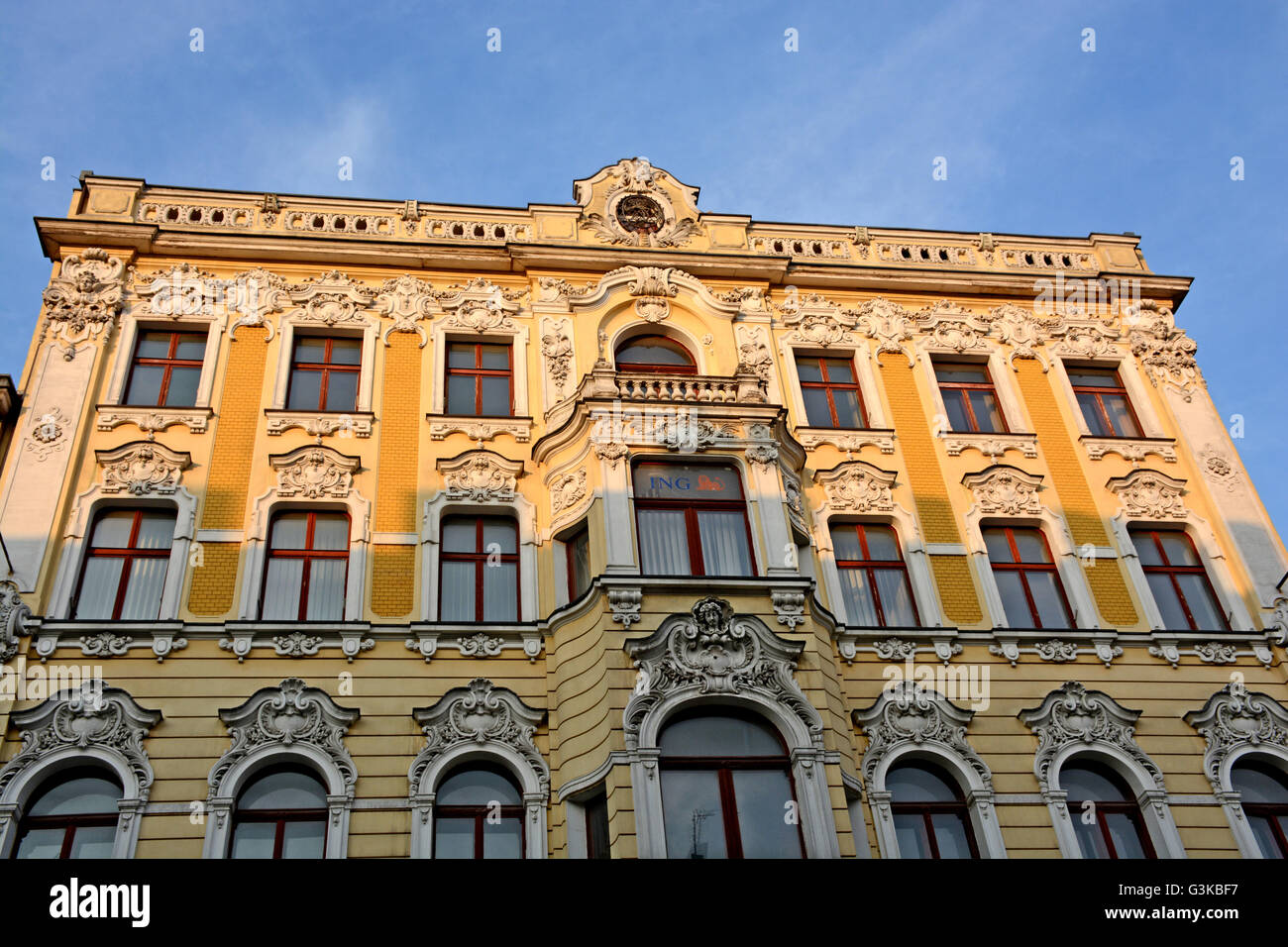
Art Nouveau building at Piotrkowska Street in Lodz , Poland Stock Photo Alamy
Art Nouveau in Poland ( Polish: Secesja) was part of an international Art Nouveau style, although often absorbed into a local Polish architectural and artistic trends. It was most popular in the years 1890-1910. Clock on the Academy of Commerce in Kraków, Poland

Poland, Silesia, Gliwice, Detail of ArtNouveau TownHouse Stock Photo Image of urban
Art Nouveau not only spread across Europe; it manifested itself wherever Europeans went. It became a global style, one that, in different hands, could be both imperial and nationalist. As well as being aesthetically varied and genuinely international, Art Nouveau was also an incredibly versatile style. Noting within architecture and the.
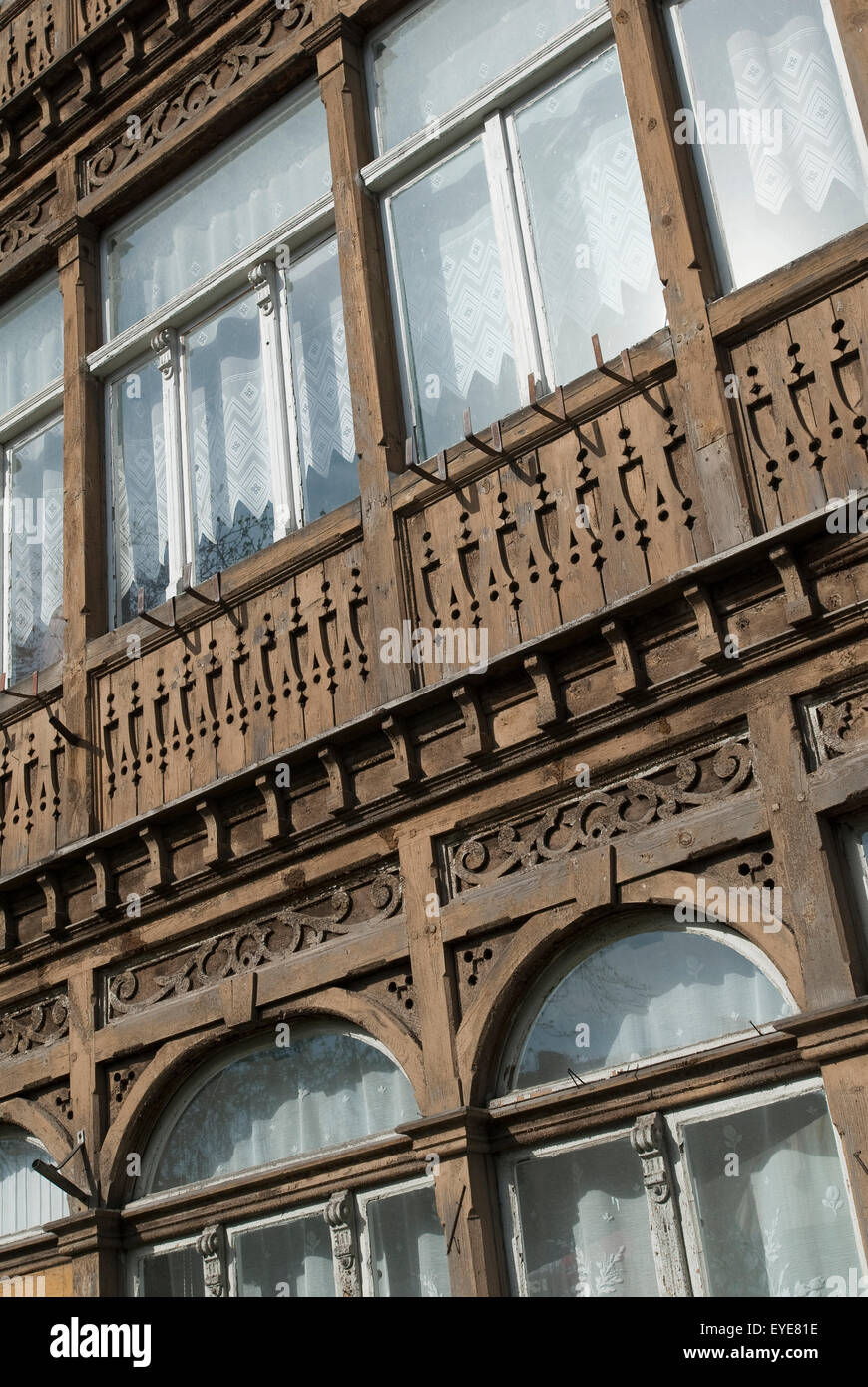
Polish art nouveau hires stock photography and images Alamy
centuries, and the experience of restoration accumulated in Ukraine and Poland. Art Nouveau buildings make up an extensive part of the historical heritage of the cities in Ukraine and Poland, so the authors sought to show the common and the differences between them, choosing only one specific aspect - finishing materials and decor.
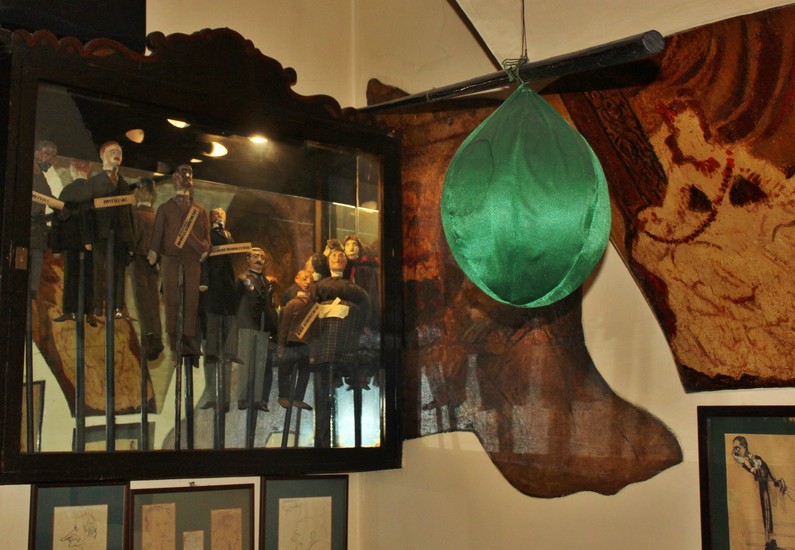
'Młoda Polska' Poland's Art Nouveau Movement
The original design provided for building a neo-Romantic palace in the English style. Eventually, it was decided to use the rich Art Nouveau decor, and as a result one of Poland's most interesting national heritage sites of this style was built. The body of the villa is irregular and asymmetric.

ART NOUVEAU POLAND Art nouveau, Architectuur
Culture minister announces withdrawal of art project announced in dying weeks of Law and Justice party administration Poland's new government has scrapped the submission conceived under the.

Art Nouveau Architecture of the City Lodz,Poland Stock Image Image of elements, poland 41782085
What is art nouveau? Art Nouveau means "new art" in French and it was indeed new, novel and groundbreaking at the turn of the 20th century. The style spread out across Europe and beyond, mostly between around 1890 and 1910.